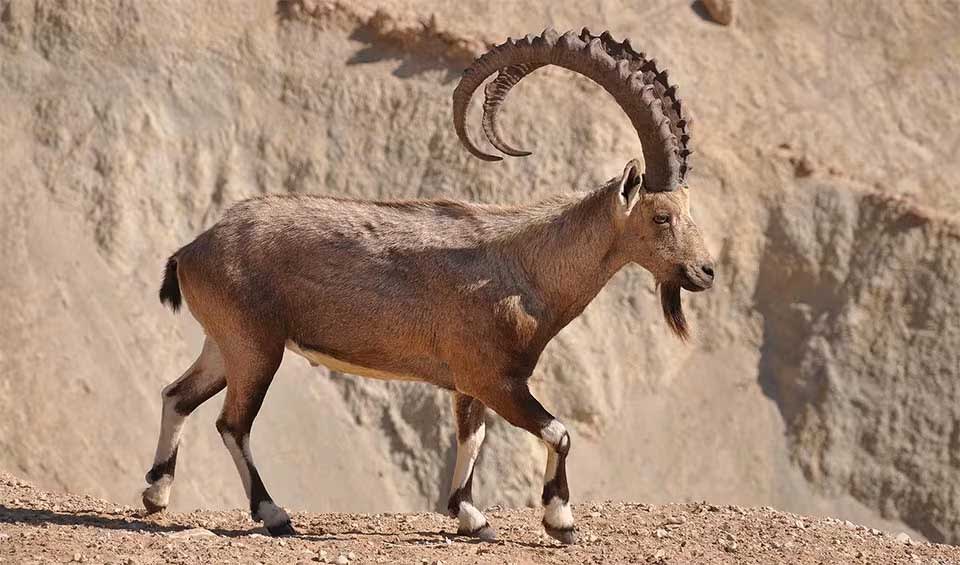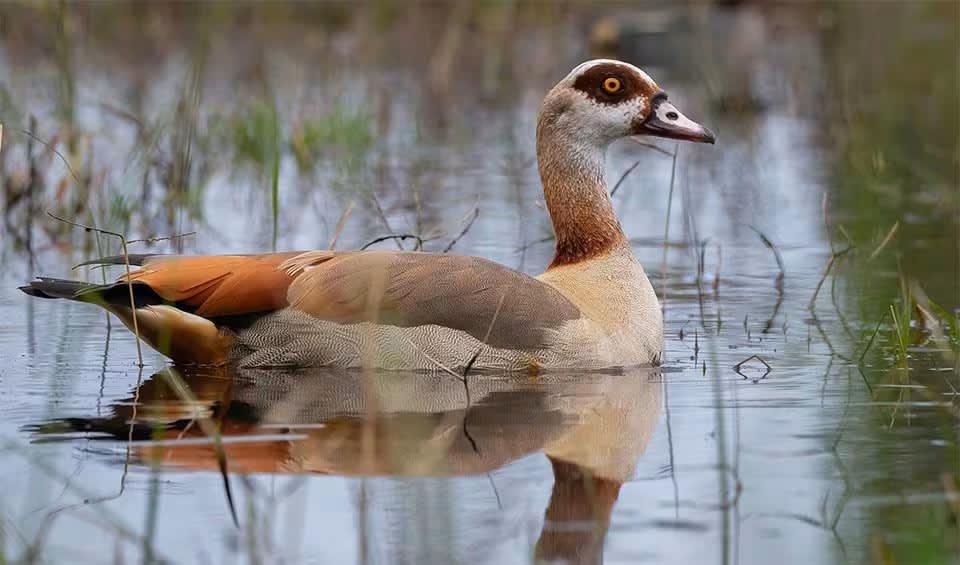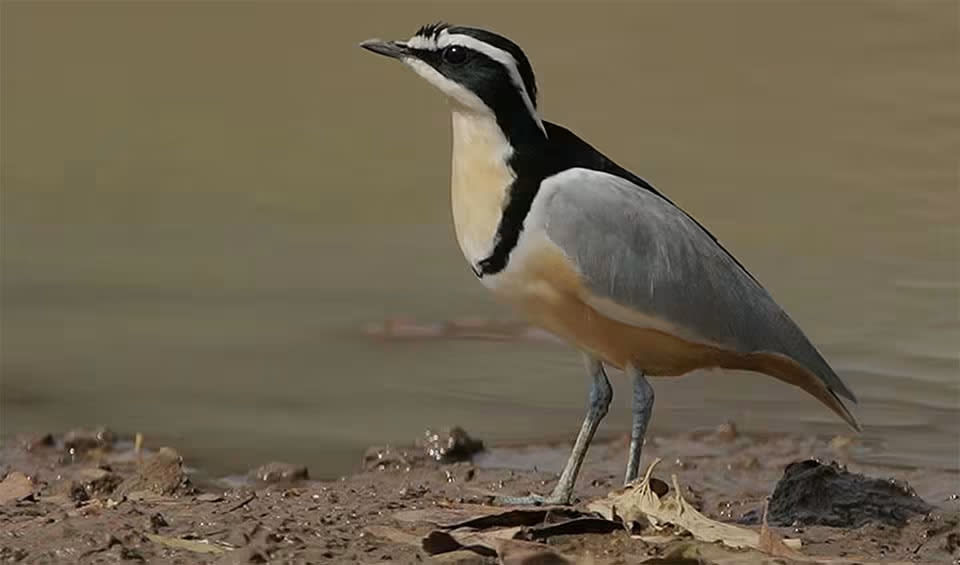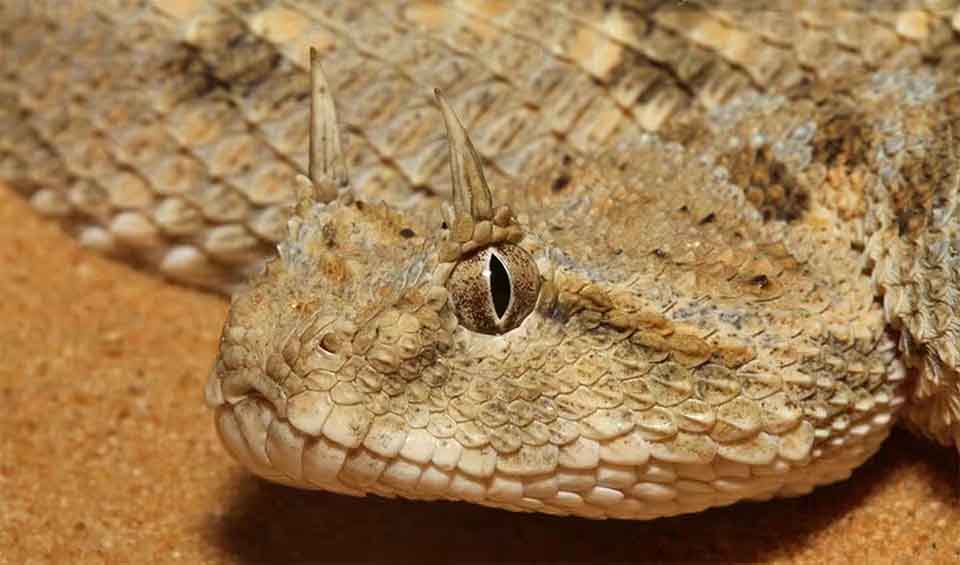Egypt has long been a focal point for natural history explorers due to its strategic location between Africa and Asia, bordered by nearly 970 km (603 miles) of Mediterranean coastline to the north and about 1,100 km (684 miles) of Red Sea coastline to the east. The country serves as a bridge connecting the Mediterranean and sub-Saharan Africa via the Nile Valley and links to the tropical Indian Ocean through the Red Sea.
Egypt’s varied landscapes include deserts, mountains, plains, slopes, sand formations, and salt marshes, as well as a range of wetlands that encompass Mediterranean and Red Sea coasts, Nile tributaries, and a network of canals and drains. Additionally, the country features both fresh and brackish water lakes, and urban areas along the Nile are marked by canal banks, roadsides, and railways, all of which support diverse plant species and communities.
Four pillars elaborated:
Egypt boasts a substantial network of protected areas that cover over 15% of its land and marine environments, crucial for conserving its diverse ecosystems and rich biodiversity. These protected areas are home to a variety of ecosystems, ranging from the verdant oases of the Western Desert to the vibrant coral reefs of the Red Sea, providing essential habitats for numerous plant and animal species, including endangered ones like the Arabian oryx, Nubian ibex, and green turtle. Land Management
Land Management
Besides their conservation value, many of Egypt’s protected areas are also popular tourist destinations, known for activities like wildlife viewing, hiking, and diving. Notable examples include Ras Muhammad National Park, Zaranik Protected Area, and the El Omayed Reserve, each offering unique natural experiences and contributing to Egypt’s natural heritage.
In Egypt, biodiversity faces numerous threats primarily due to human activities. Direct impacts include excessive hunting, which jeopardizes several species of resident and migratory birds as well as hoofed animals like gazelles, and clear-cutting and deforestation. Indirect threats stem from habitat destruction driven by development and various forms of pollution emanating from industrial and human activities, which affect air, water, and soil quality, particularly in rural areas. This pollution not only threatens numerous plant and animal species but also encourages the proliferation of harmful non-native species, such as certain types of rats and pests. A notable example of ecological disturbance is the introduction of water hyacinth, which has severely impacted the Nile River’s ecosystem. Threats to Biodiversity
Threats to Biodiversity
Marine ecosystems are under pressure from unregulated tourism, unsustainable fishing practices, and coastal pollution. Additionally, a significant portion of Egypt’s industrial activities is concentrated in coastal zones, where about 20% of the population lives and which attract millions of tourists annually. The increasing desertification due to climate change and rising human populations exacerbates these threats. Species like corals in the Red Sea and the Gulfs of Suez and Aqaba are particularly vulnerable, as they are located at the limits of their ecological ranges and have low tolerance to environmental stress.
Egypt has been a pioneer in biodiversity conservation and the preservation of natural resources, engaging actively in both international and regional initiatives since the early 20th century. The country committed to global efforts as early as 1936 by joining the Convention Relative to the Preservation of Fauna and Flora in their Natural State and continued this trend by participating in the Agreement for the Establishment of a General Fisheries Council for the Mediterranean Sea in 1952, among other agreements. Domestically, Egypt has developed specific strategies to enhance its environmental conservation, including initiatives focused on wetlands (2005), ecotourism (2006), and maintaining natural habitats (2007). Capacity and Governance
Capacity and Governance
These efforts are supported by various national committees such as the National Commission for Sustainability and the National Committee on Climate Change, which help synchronize political strategies and operational plans. Additionally, Egypt has implemented programs to improve the capacity of government agencies and launched financial initiatives that draw on both national and international funds to support biodiversity conservation projects.
The Egyptian Biodiversity Strategy and Action Plan for 2015-2030 outlines several strategic goals aimed at preserving biodiversity and ensuring sustainable and equitable use of natural resources. These goals include the conservation and management of terrestrial and aquatic biodiversity, sustainable use of natural resources, equitable access to genetic resources and benefit-sharing in line with the Nagoya protocol, enhancing understanding of biodiversity and ecosystem functions, preparing for climate change, combating desertification, and integrating biodiversity into all national development frameworks. The plan also emphasizes promoting the conservation and sustainable use of biodiversity outside protected areas through collaboration with rural communities and user groups. Future Trends
Future Trends
Biodiversity
Egypt’s biodiversity is rich and varied, with significant ecological importance noted in its desert habitats, particularly in Sinai, which are home to numerous species of fauna and flora. Wetlands are another vital ecosystem, especially along the 1,530 km (951 miles) stretch of the Nile, hosting diverse plant, animal, and fish species. Overall, Egypt boasts a wide array of globally important species, including hundreds of non-flowering and flowering plants, mammals, birds, reptiles, amphibians, and an impressive array of fish.The country also has a vast number of invertebrates, ranging from thousands of insect species to hundreds of types of coral, mollusks, and crustaceans. Notably, eighteen native coral species are considered among the world’s best, having resisted coral bleaching. Additionally, two types of mangroves in Egypt provide habitat for a variety of insects, butterflies, mollusks, polychaetes, and fish.
In the table below are the number of known species in several main groups, how many of these species are Threatened with extinction, and how many of them are Endemic (unique to Egypt only):
| Species (World rank) |
Threatened | % Threatened | Endemic | % Endemic | |
|---|---|---|---|---|---|
| Mammals | 114 (#98) | 18 | 15.8% | 5 | 4.4% |
| Birds | 377 (#91) | 16 | 4.2% | ||
| Reptiles | 119 (#79) | 13 | 10.9% | 3 | 2.5% |
| Amphibians | 10 (#139) | 1 | 10.0% | ||
| Fishes | 972 (#55) | 78 | 8.0% | 3 | 0.3% |
| Plants | 2,300 (#141) | 8 | 0.3% | 41 | 1.8% |
mammals
Brown bear
The second largest bear, right after the polar bear. Sadly, it well might top the list soon
Nubian ibex
Newborns are fully developed and capable of running and jumping within a day after their birth
Arabian camel
No more true wild animals: all are domesticated or escaped from stock
birds
Egyptian goose
They were commonly depicted in art from ancient Egypt
Egyptian plover
The janitors of the bird world
Egyptian vulture
A highly intelligent species that is the world’s only tool-using vulture with a long migratory range
reptiles
Nile crocodile
One of the most iconic animals of Africa and the second largest reptile on earth
Saharan horned viper
Despite its fearsome appearance, it is a shy and reclusive creature that would rather hide than confront a threat
Starred agama
With mesmerizing blend of bold blues, fiery reds, and sunshine yellows, it effortlessly catches the eye of all who cross its path
National Animals
Steppe eagle
The treasured bird of Saladin, the first Sultan of Egypt














